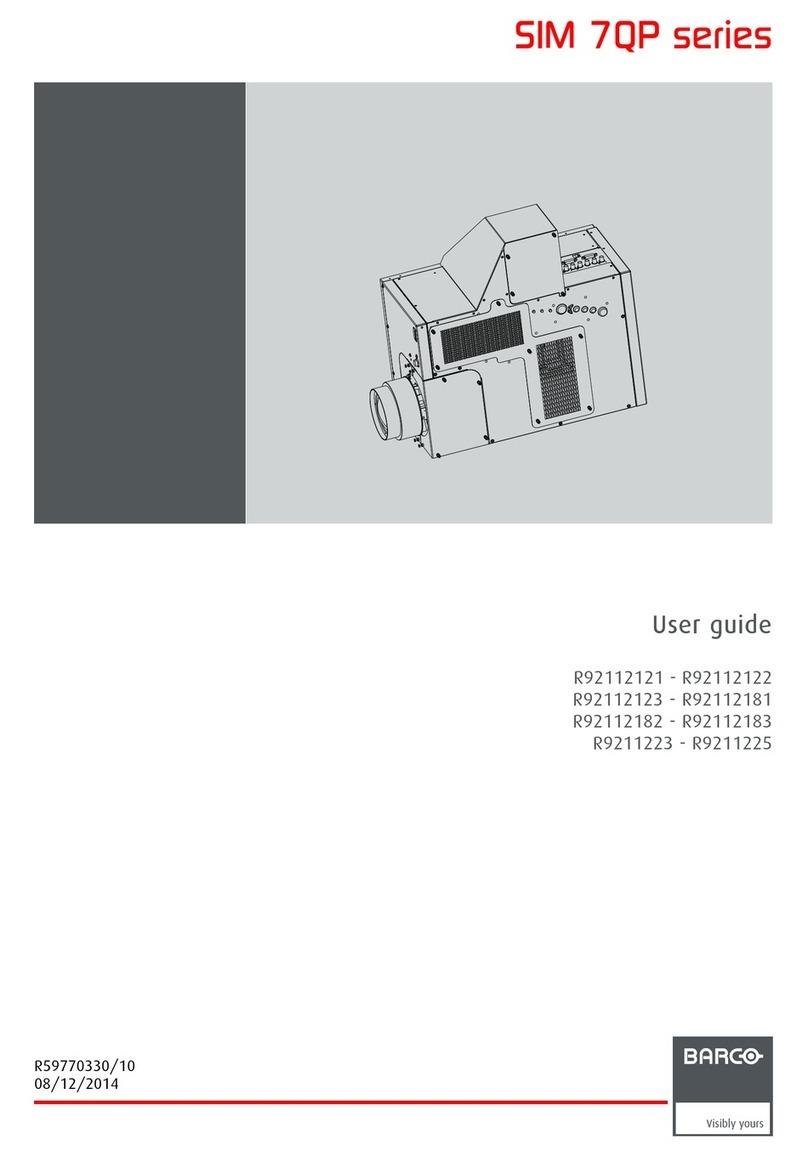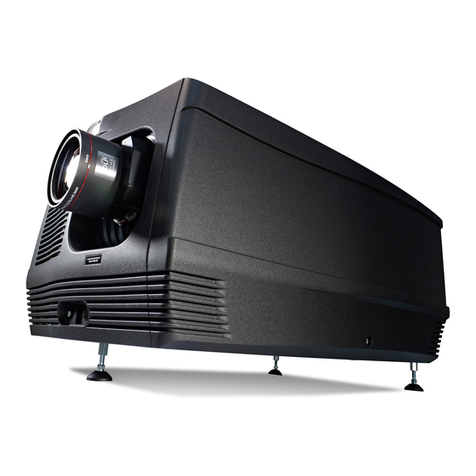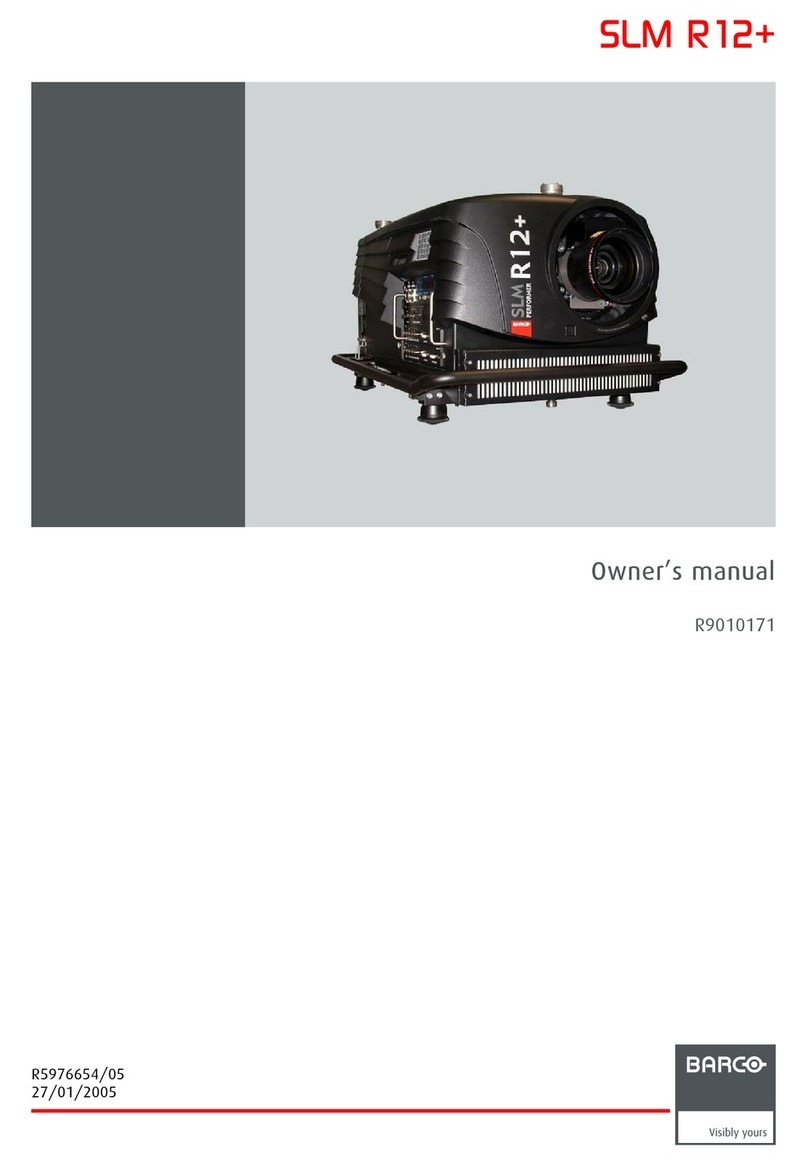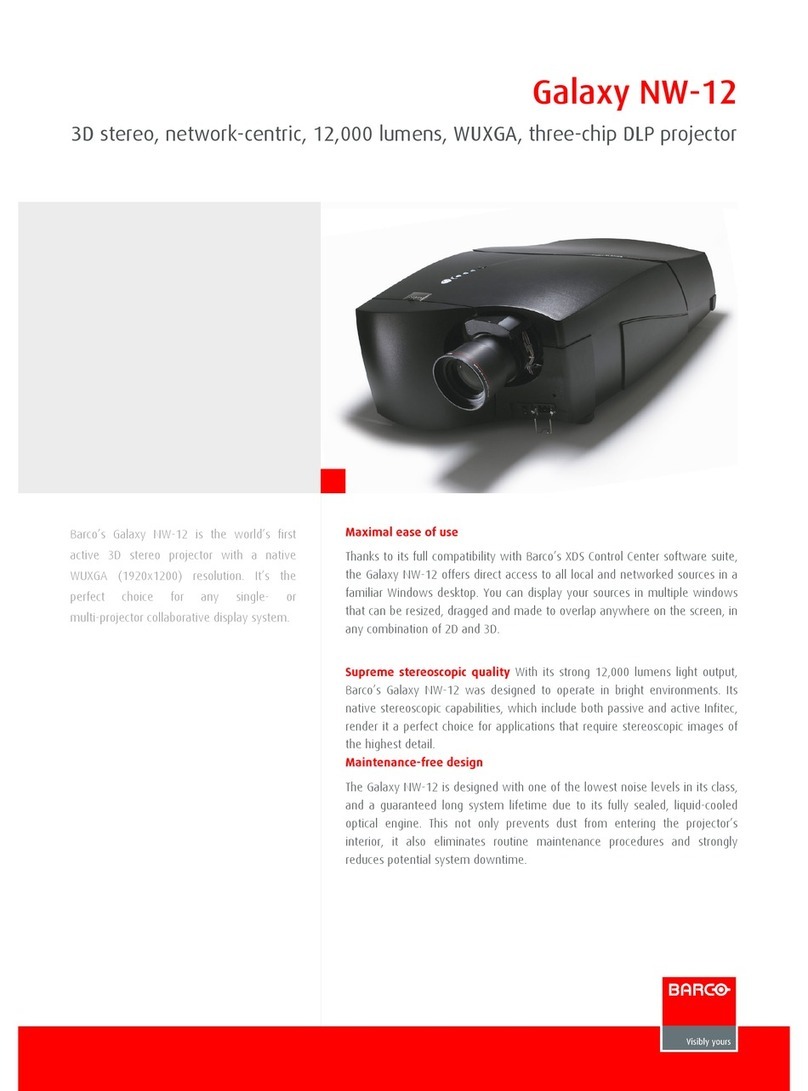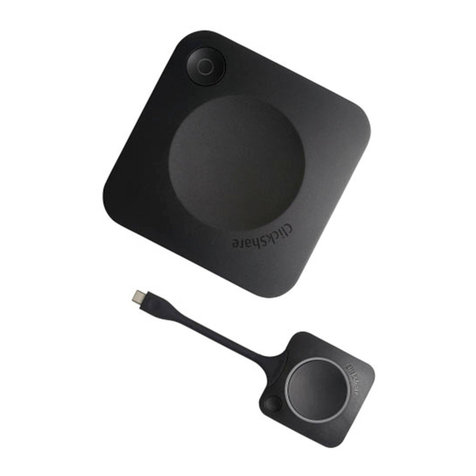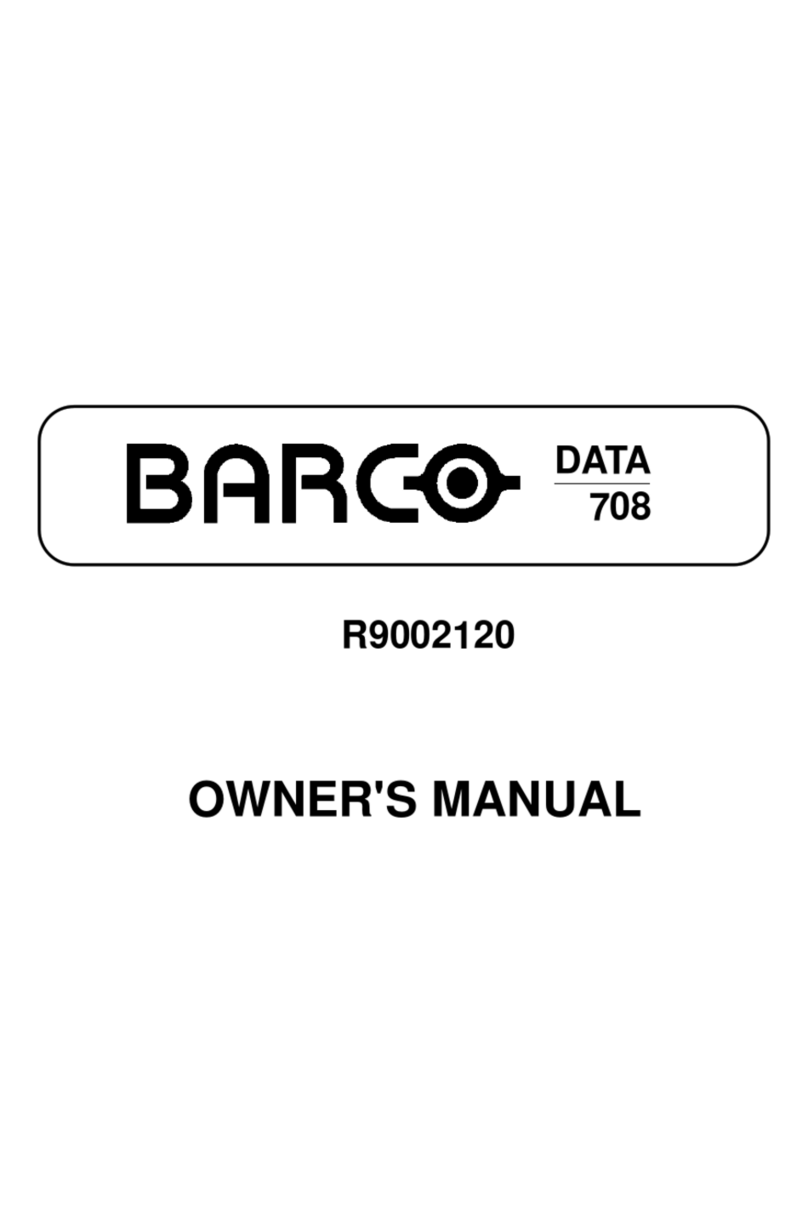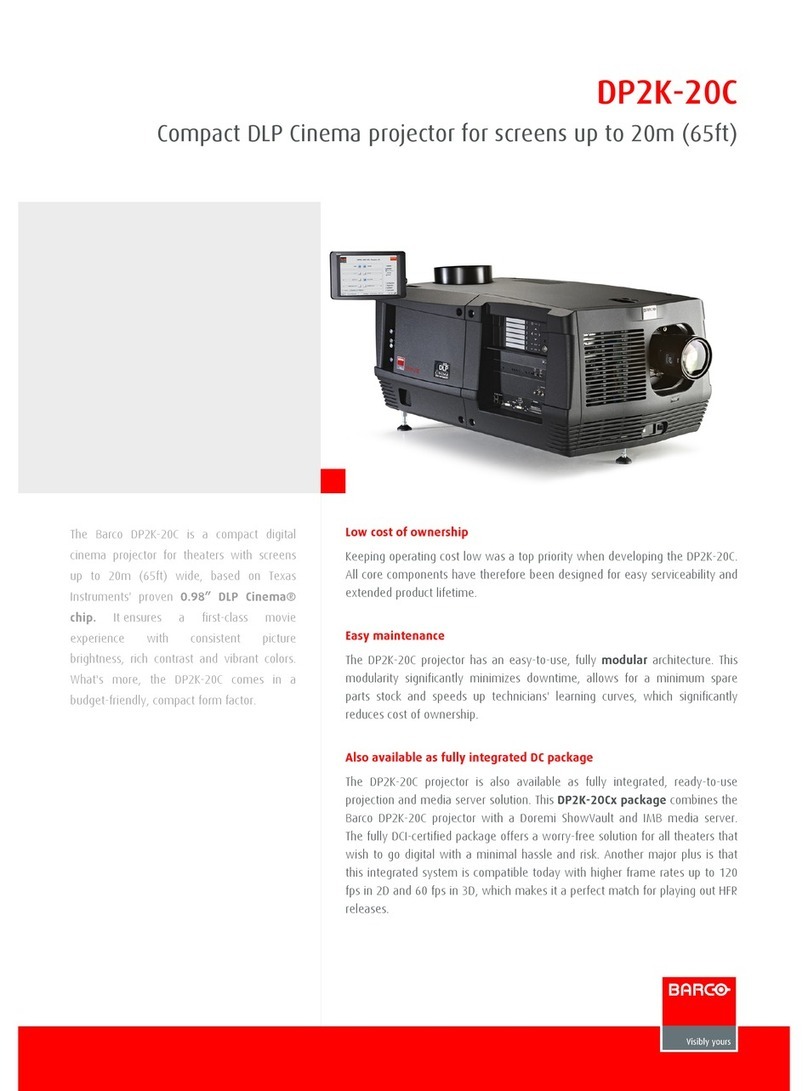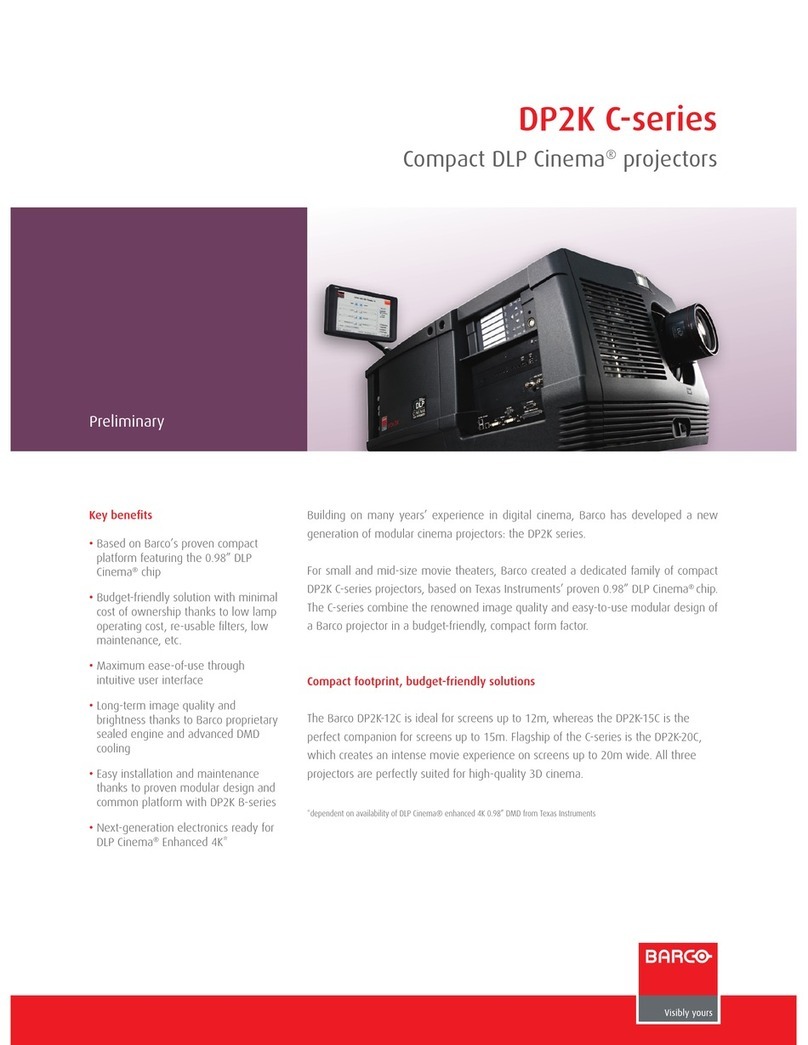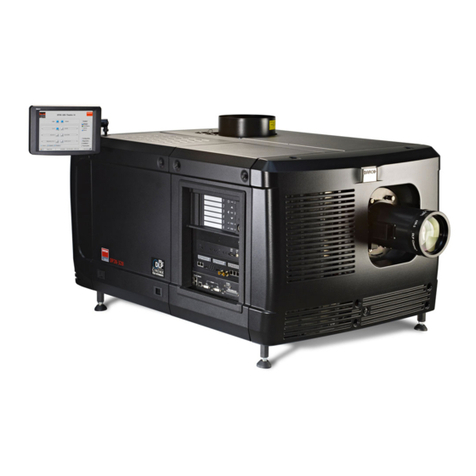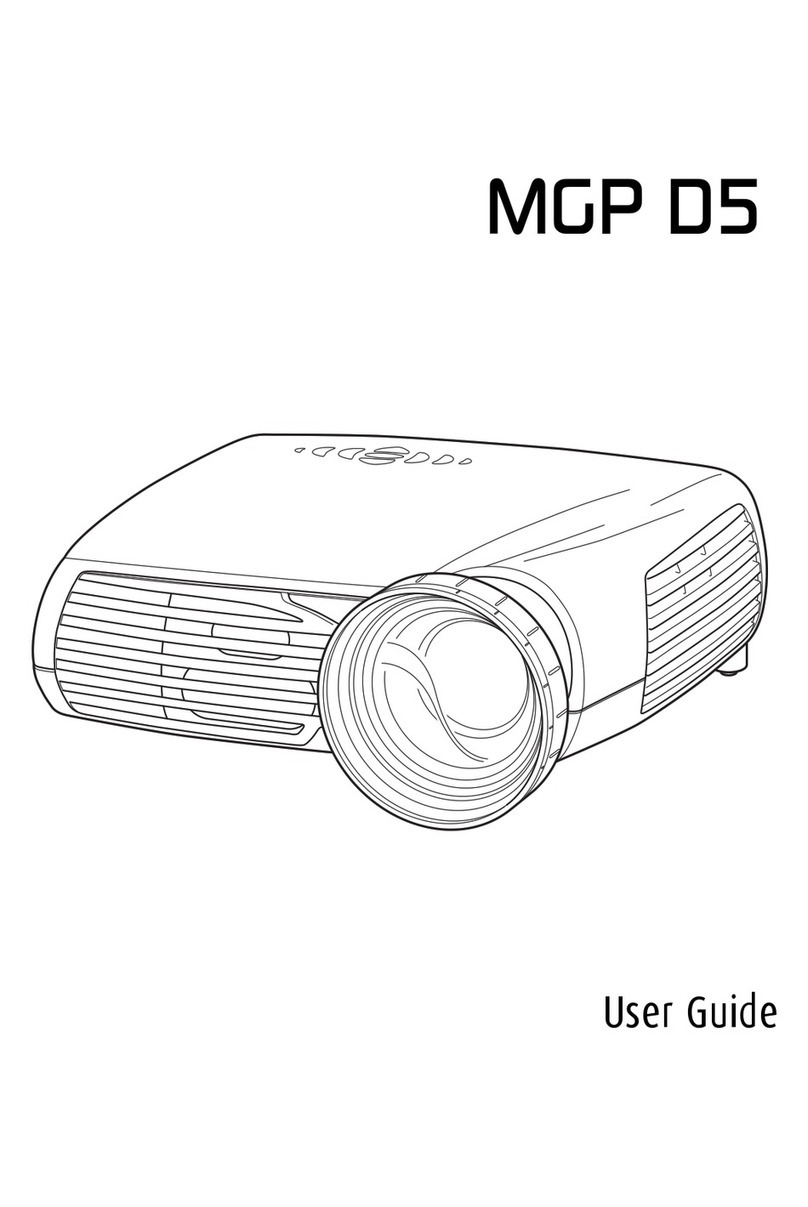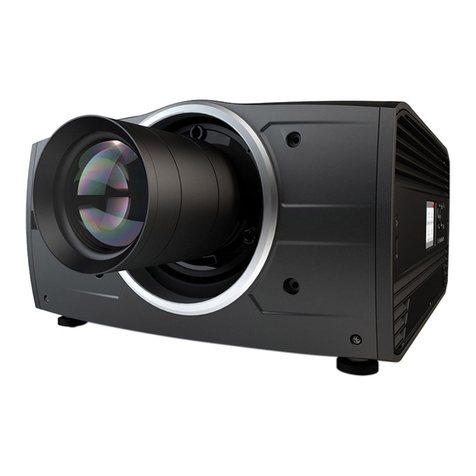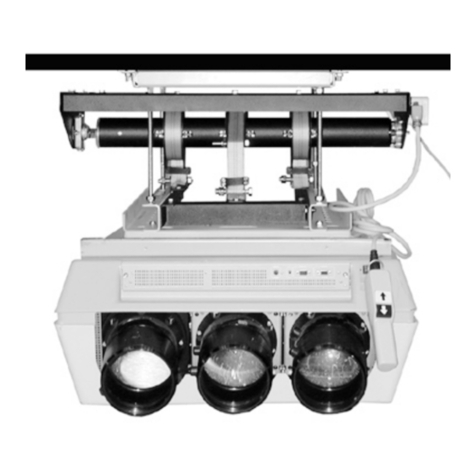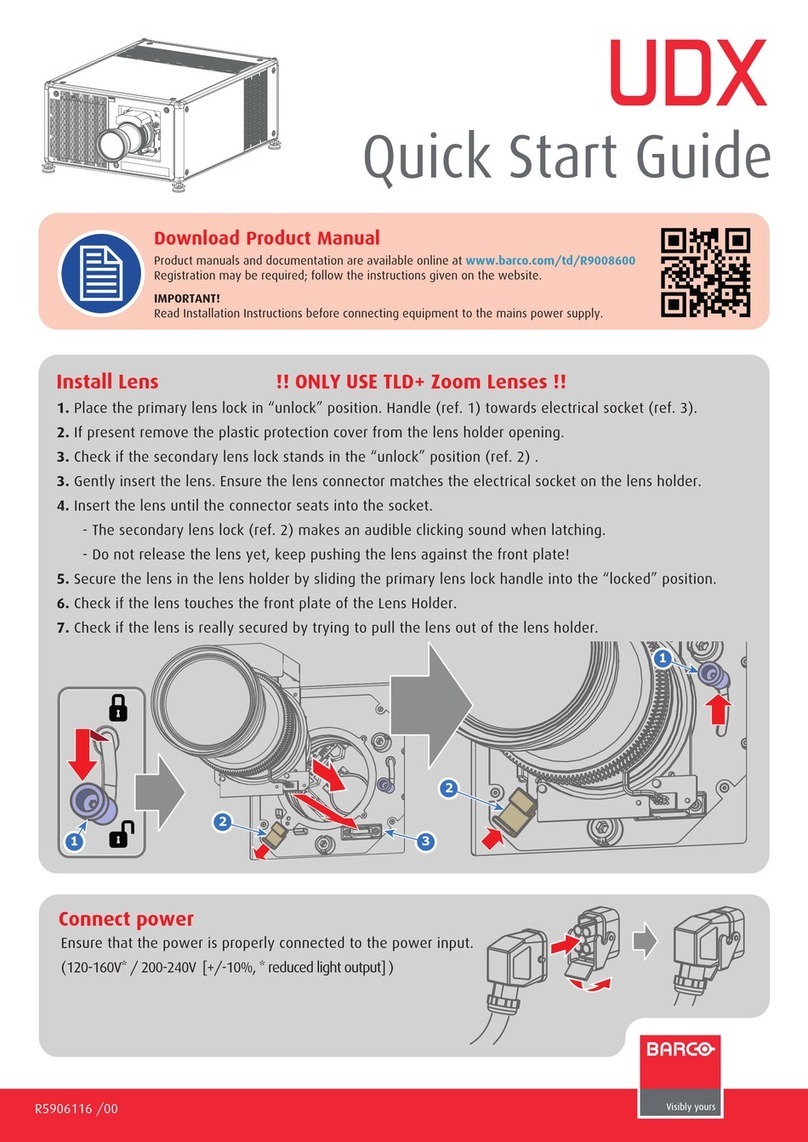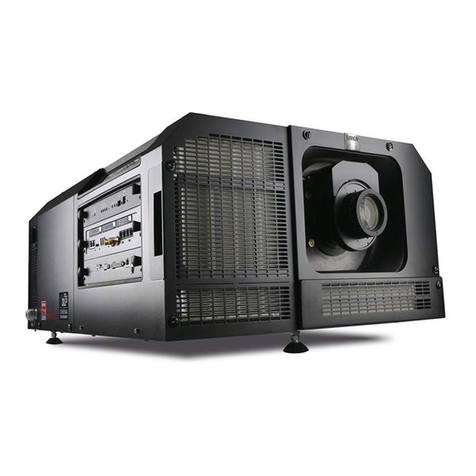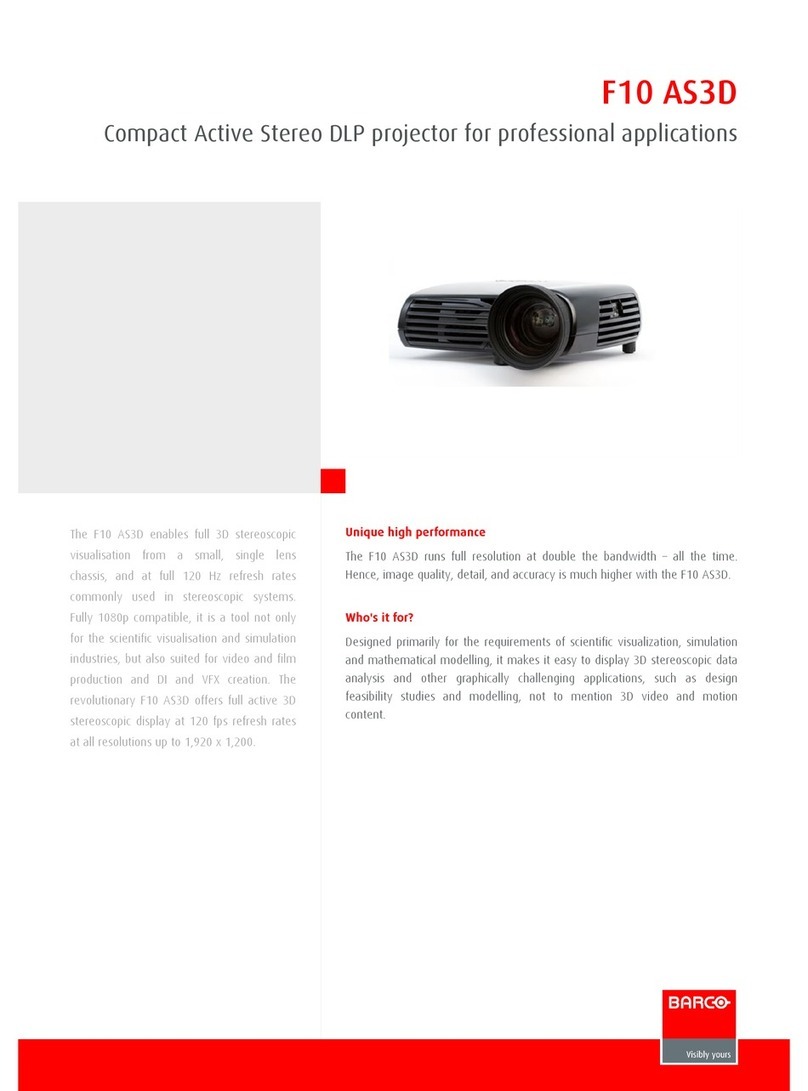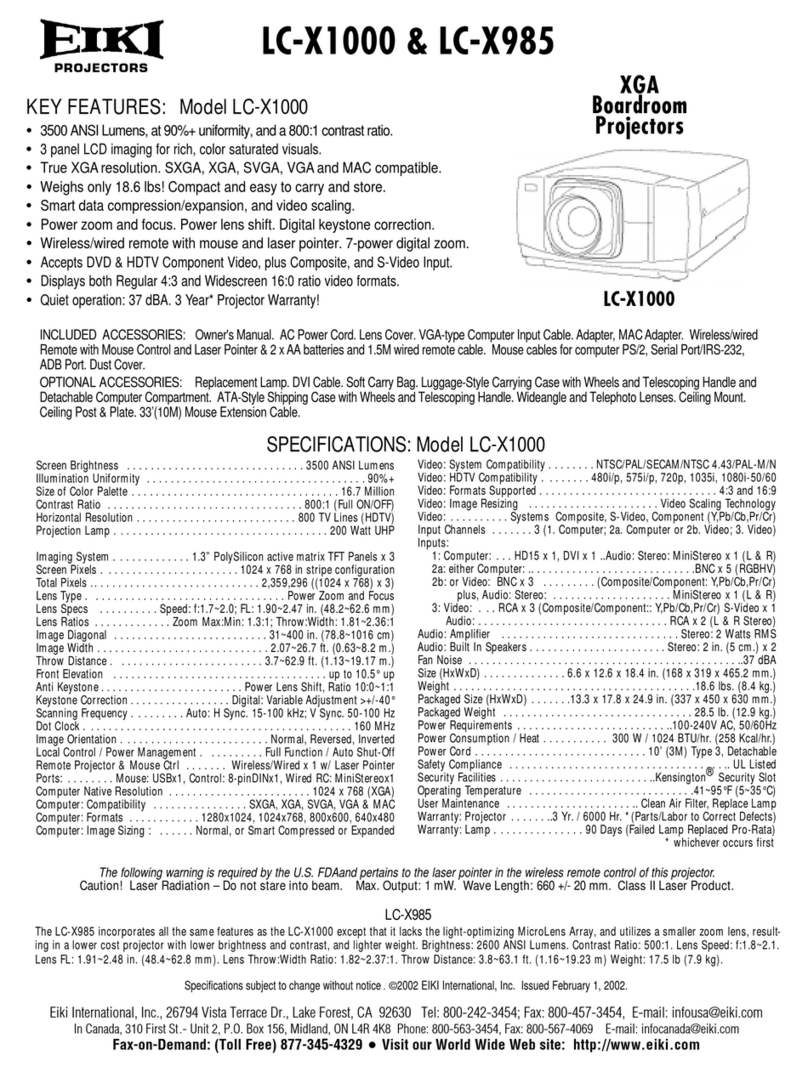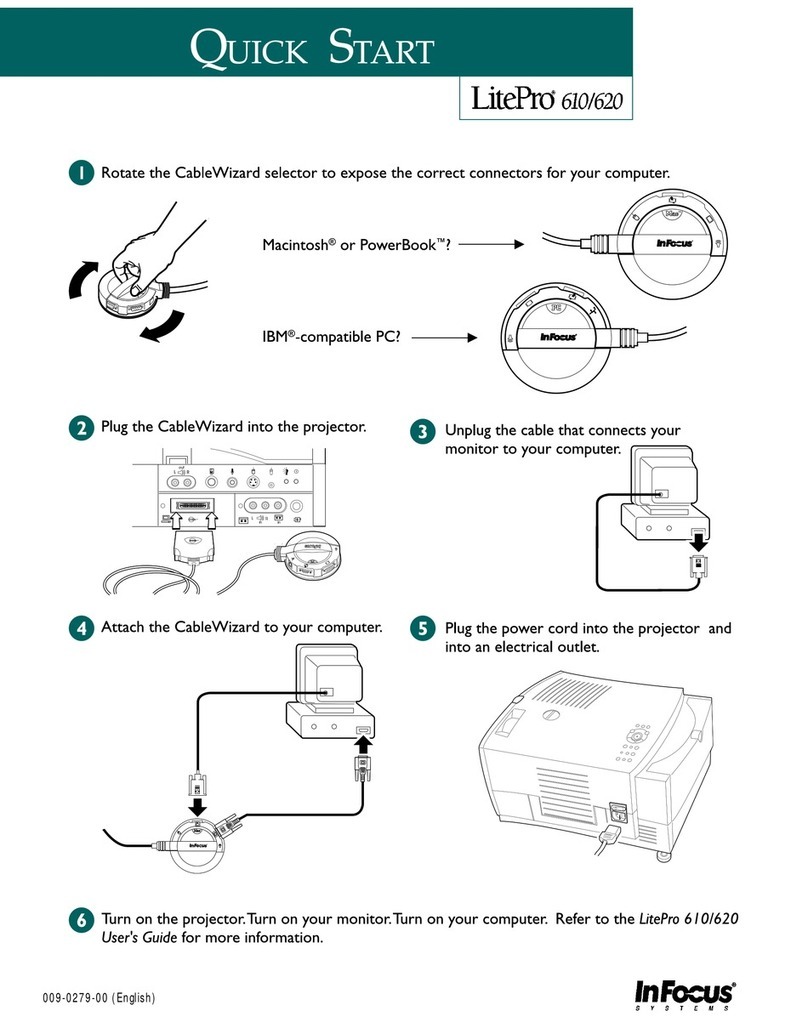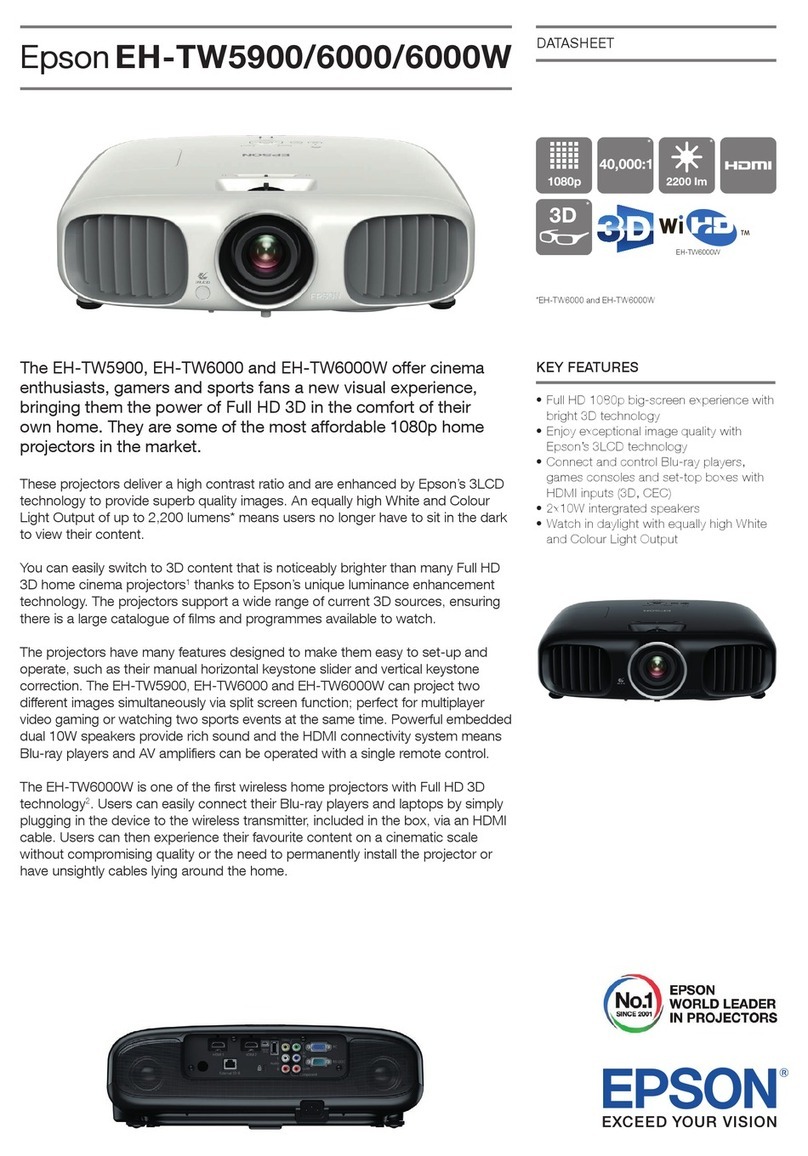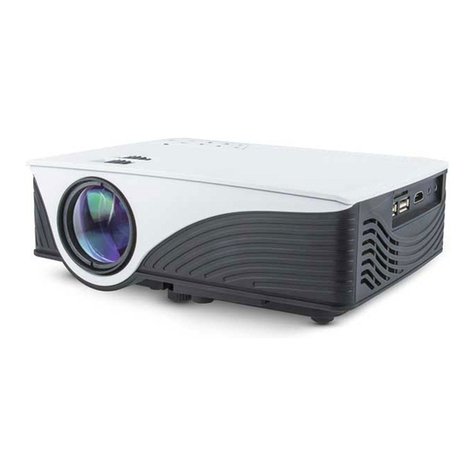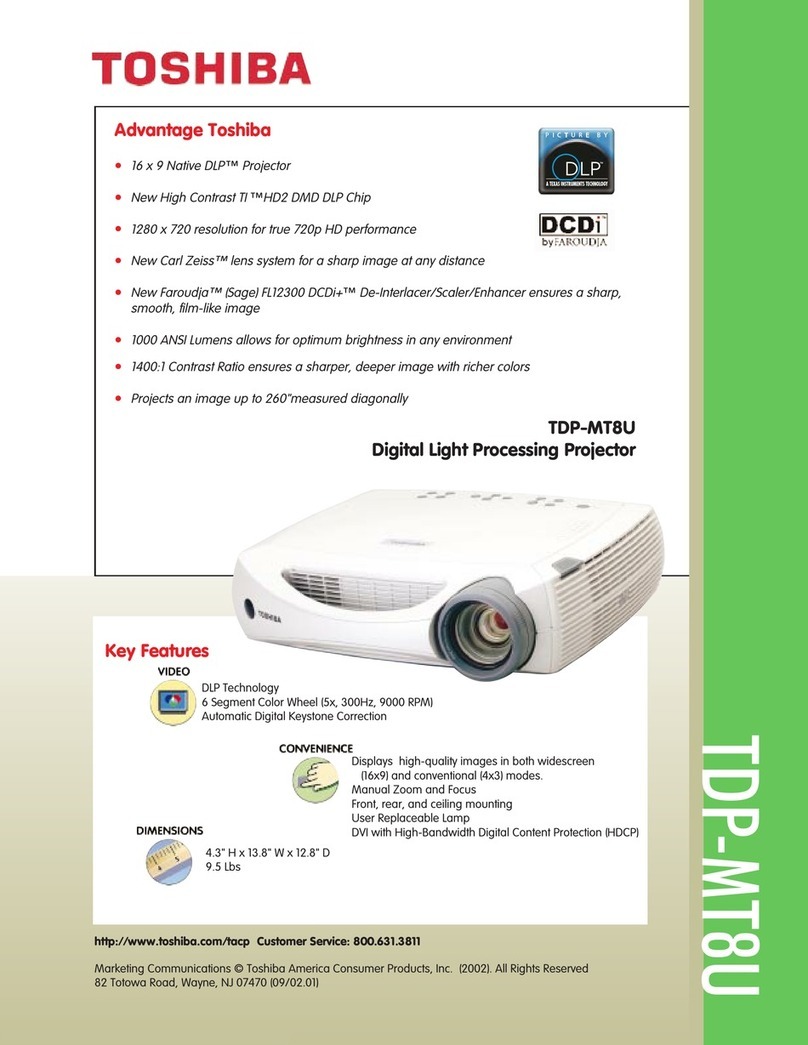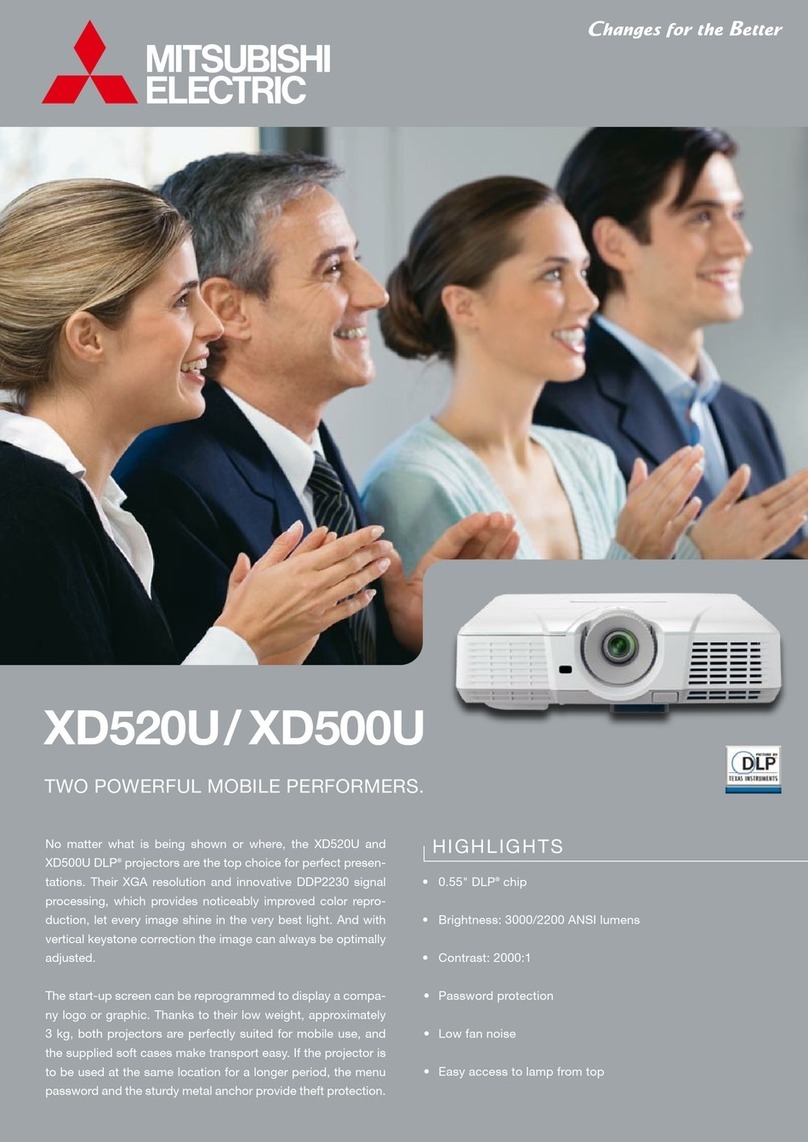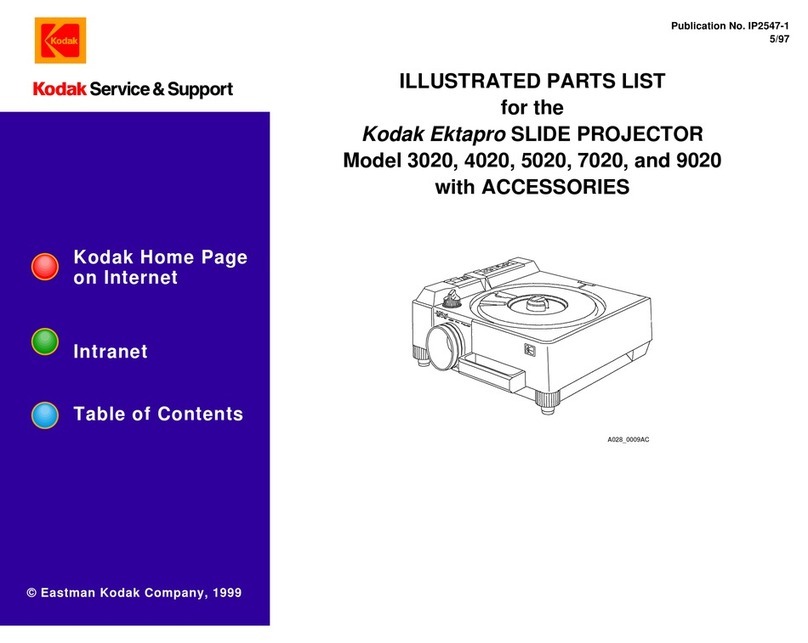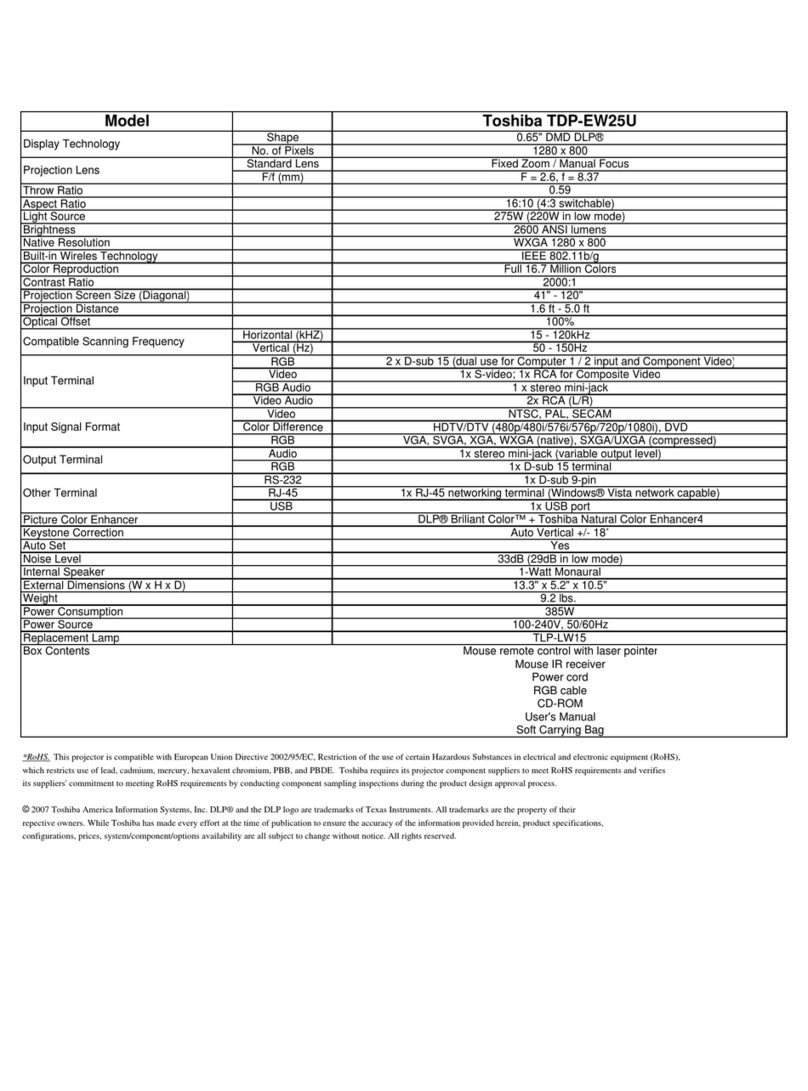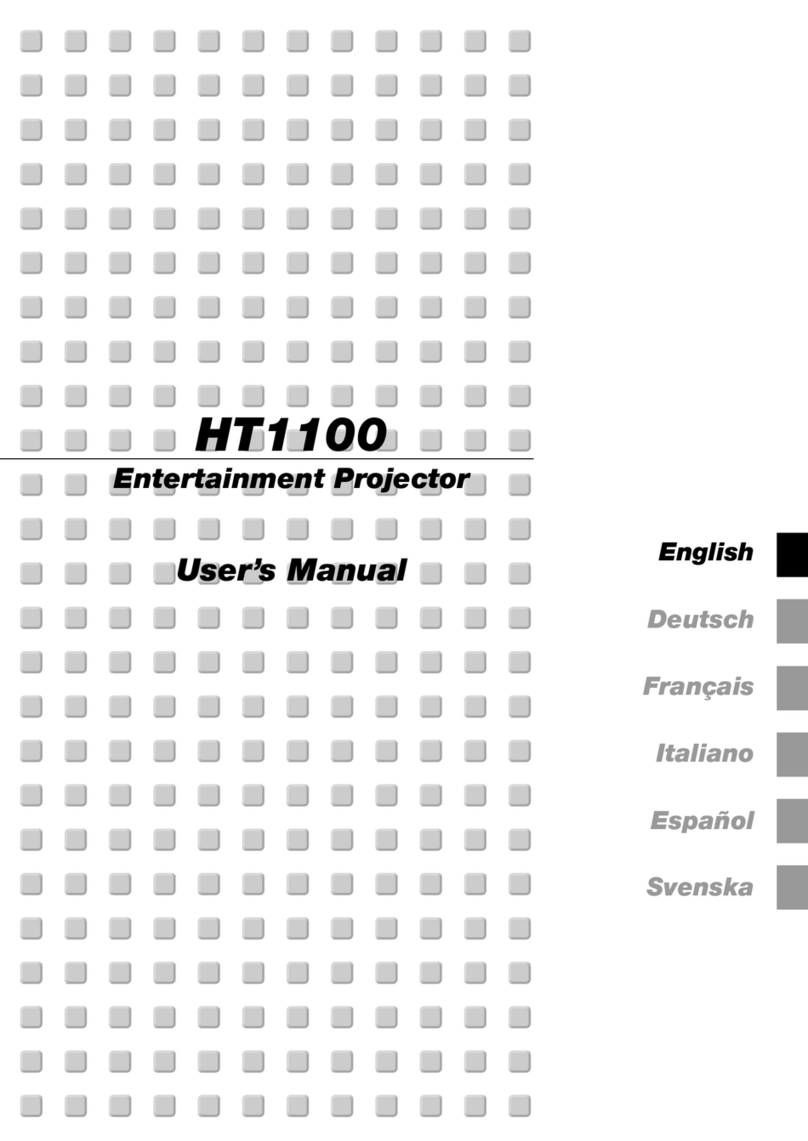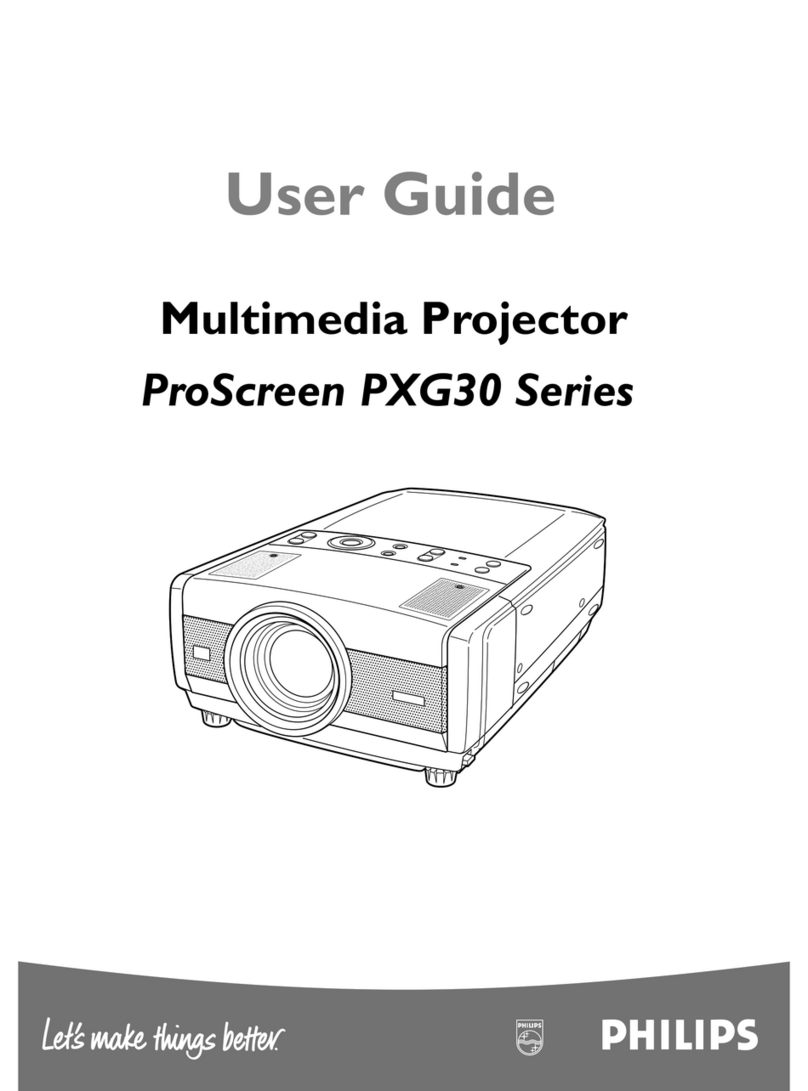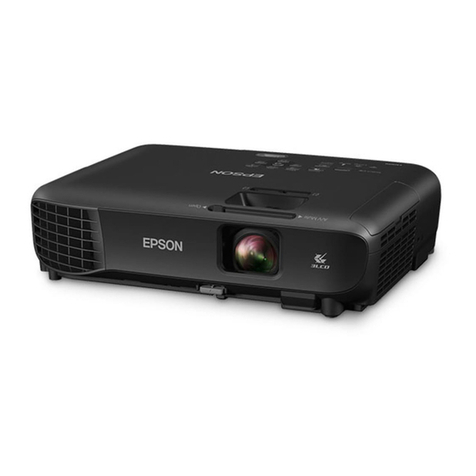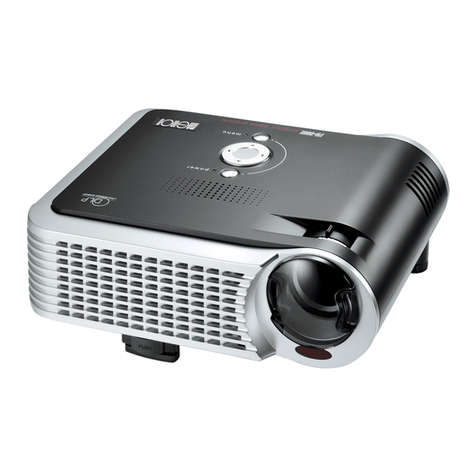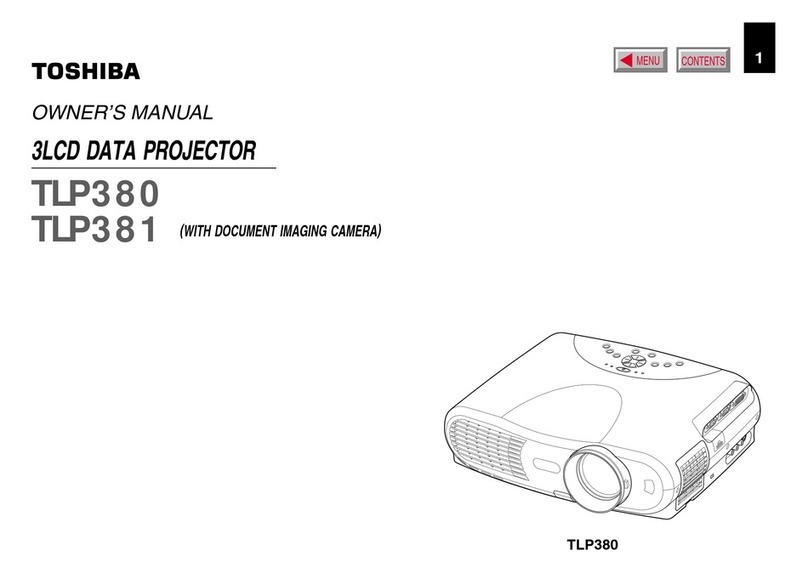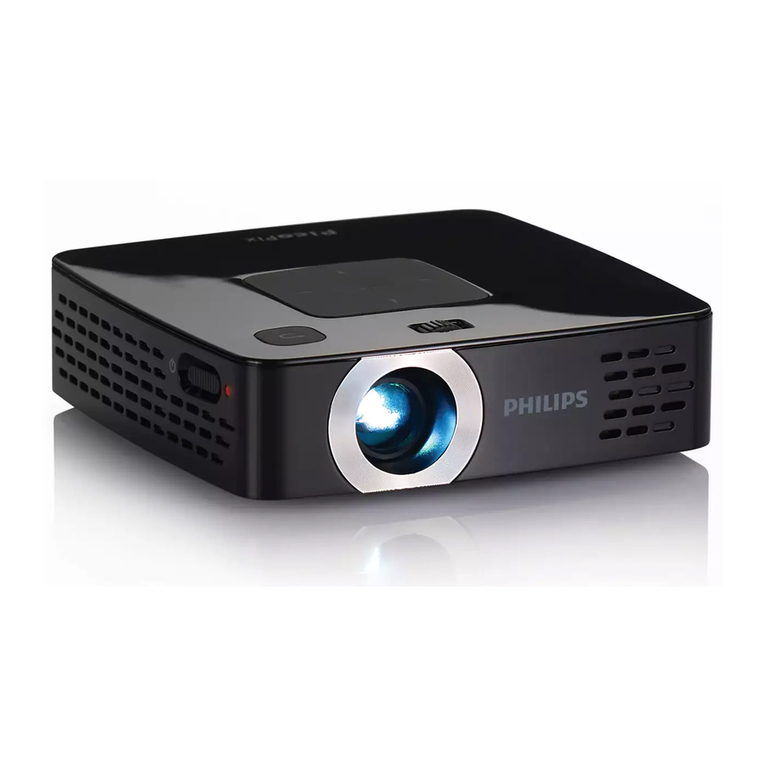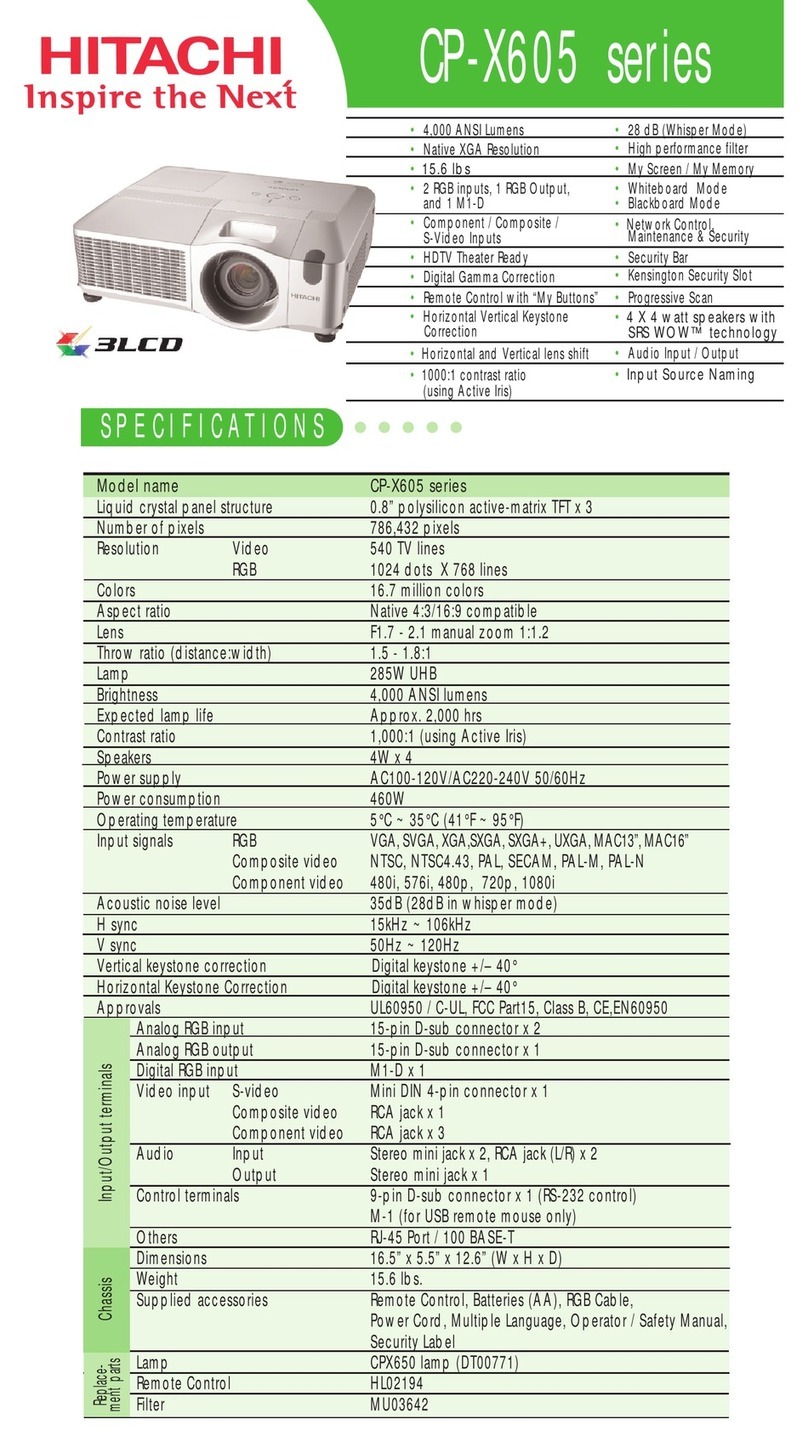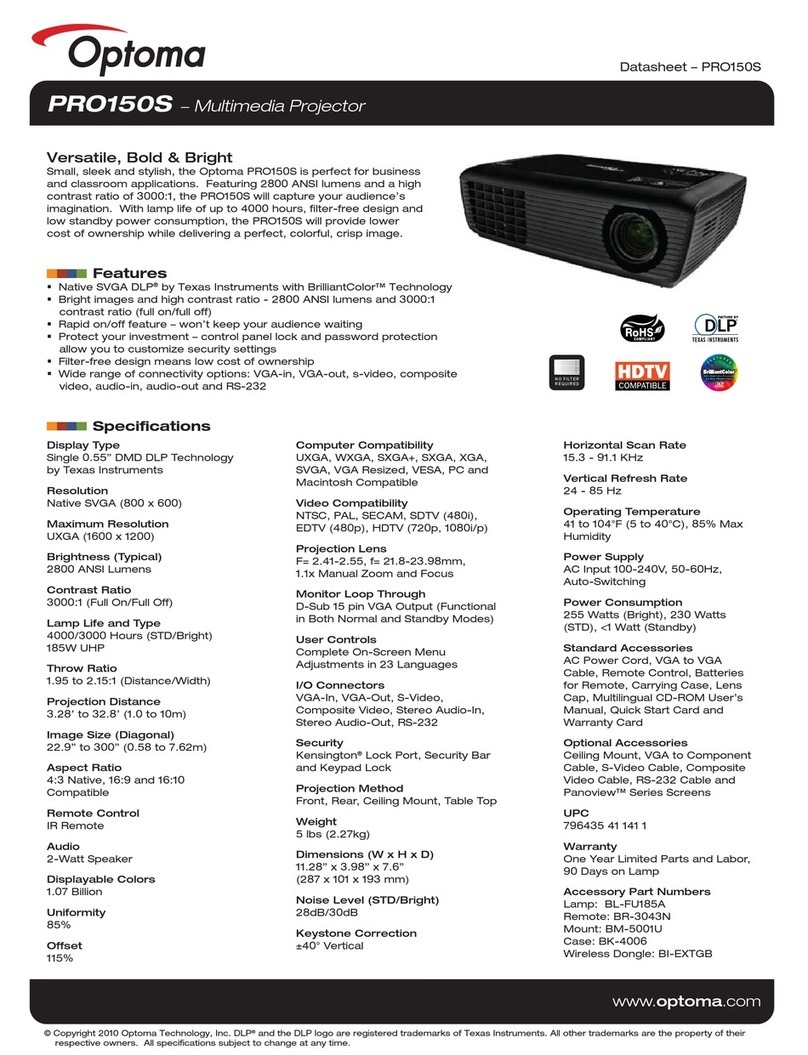
Table of contents
20.2.4 Cooling Fans..................................................................................................................89
20.2.4.1 Fan PSU................................................................................................................89
20.2.4.2 Fan PCB................................................................................................................90
20.2.4.3 Fan Optics..............................................................................................................90
20.2.5 Laser Clusters Blue (2pcs) ...................................................................................................91
20.2.6 Cleaning the cooling pump surface .. ........................................................................................94
20.2.7 Cooling pump connection map ...............................................................................................95
20.3 40000 hours service .................................................................................................................95
20.3.1 Fan laser driver ............................................................................................................... 96
20.3.2 Liquid Cooling System 40.000hrs . . . . ........................................................................................96
20.3.3 Remove Frame Radiator Left Module........................................................................................ 98
20.3.4 Remove Frame radiator center module . . . ...................................................................................98
20.3.5 Frame radiator right module ..................................................................................................99
20.3.6 Reassembly of radiator modules . . . . . .......................................................................................100
21. DMD, DMD Board, CLGA & DMD heatsink elements...................................................... 103
21.1 DMD assembly .....................................................................................................................103
21.2 DMD Board, CLGA & DMD heatsink elements. . ..................................................................................103
21.3 GP6 PCB DMD Board..............................................................................................................104
21.4 CLGA & DMD.......................................................................................................................105
21.5 Re-assembly after PCB DMD or DMD/CLGA repair ..............................................................................105
21.6 GP6 Heatsink DMD Front & Rear Assemblies ....................................................................................106
21.7 GP6 Heatsink DMD Front assembly...............................................................................................106
21.8 Remove the Laser Interface........................................................................................................108
21.9 Install new Laser Interface .........................................................................................................109
22. TI Loop .............................................................................................................111
22.1 General .............................................................................................................................111
22.2 Overview Engine assembly ........................................................................................................112
22.2.1 TI Loop Left . . ................................................................................................................112
22.2.2 Overview of TI loop left ......................................................................................................113
22.2.3 Dichroic Filter B/Y............................................................................................................113
22.2.4 Barrel PW Lens assy ........................................................................................................113
22.2.5 Mirrors Blue ..................................................................................................................114
22.2.6 390 Blue loop lens 3 .........................................................................................................114
22.2.7 390 Blue loop lens 4 .........................................................................................................114
22.2.8 Diffusor blue loop ............................................................................................................115
22.2.9 390 RGBY Converging Lenses..............................................................................................115
22.2.9.1 Converging Lens (Entrance) . . . .......................................................................................115
22.2.9.2 Converging Lens (Exit)................................................................................................116
22.2.10 Adjusting Mirror ..............................................................................................................116
22.3 TI Loop Right .......................................................................................................................116
22.4 Rod Carrier Assy ...................................................................................................................117
23. Illumination Engine front....................................................................................... 119
23.1 Iris assembly........................................................................................................................119
23.2 Relay Tube assy....................................................................................................................120
23.3 PCB CLO (Constant Light Output). ................................................................................................120
23.4 Folding Mirror assembly............................................................................................................121
23.4.1 Removing Folding Mirror assembly .........................................................................................121
24. Lens shift assembly ............................................................................................ 123
24.1 Lens shift assembly motors ........................................................................................................124
24.2 Lens position sensors (Horizontal and Vertical) ...................................................................................125
24.3 PCB lens connectors ...............................................................................................................125
24.4 Lens Lock screws. . . ................................................................................................................126
24.5 Scheimpflug screws ................................................................................................................126
24.6 Lens shift assembly and optical actuator .. . .......................................................................................126
24.7 TIR Prism ...........................................................................................................................127
24.7.1 Remove the TIR prism.......................................................................................................127
24.7.2 Cleaning the TIR prism ......................................................................................................128
24.7.3 Reassemble the TIR prism ..................................................................................................129
25. Prism Housing ................................................................................................... 131
25.1 Prism Housing ......................................................................................................................131
26. Technical Operations ........................................................................................... 133
26.1 PCB Bracket bottom and Bracket fan..............................................................................................133
26.2 PCB Main ...........................................................................................................................133
26.3 PCB Thermal Hub board.......................................................................................................... .134
26.4 PSU .................................................................................................................................136
26.5 PCB Laser Drivers..................................................................................................................137
26.5.1 Remove the Laser driver cage ..............................................................................................137
26.5.2 Remove the Laser driver PCB board. .......................................................................................138
26.5.3 Remove the Bottom laser driver PCB board................................................................................138
723–0016 F90 01/12/2017 3
